|
|
|
|
|
|
|
|
Photo Gallery for Sternotherus odoratus - Eastern Musk Turtle
| 24 photos are shown. |
 | Recorded by: H. Talcott
Orange Co.
Comment: |  | Recorded by: Emily Stanley
Buncombe Co.
Comment: |
 | Recorded by: Emily Stanley
Buncombe Co.
Comment: |  | Recorded by: John Petranka
Chatham Co.
Comment: |
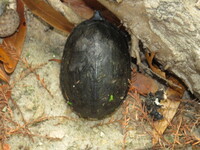 | Recorded by: B. Bockhahn
United States Co.
Comment: | 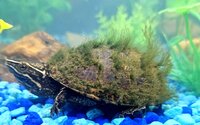 | Recorded by: Terrell Tucker
Moore Co.
Comment: |
 | Recorded by: Terrell Tucker
Moore Co.
Comment: | 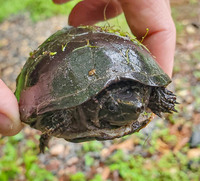 | Recorded by: D. Schafer
Gates Co.
Comment: MEMI - Found on the pathway between the visitor center and canoe dock. @ -76.699200, 36.435854 |
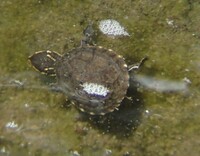 | Recorded by: Erich Hofmann and Kayla Weinfurther
Columbus Co.
Comment: |  | Recorded by: Travis McLain
Rowan Co.
Comment: |
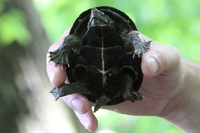 | Recorded by: Travis McLain
Rowan Co.
Comment: |  | Recorded by: Travis McLain
Rowan Co.
Comment: |
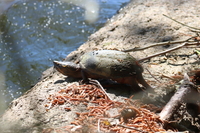 | Recorded by: Travis McLain
Stanly Co.
Comment: | 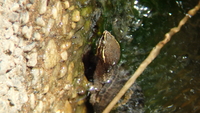 | Recorded by: Erich Hofmann and Kayla Weinfurther
Columbus Co.
Comment: |
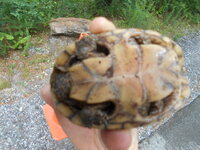 | Recorded by: A. Lasley
Burke Co.
Comment: | 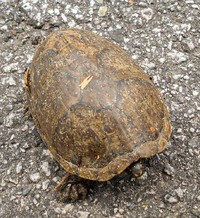 | Recorded by: A. Lasley
Burke Co.
Comment: SOMO - Adult musk turtle observed crossing road toward drainage hours after rain shower. @ -81.627377, 35.602721 |
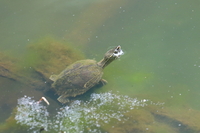 | Recorded by: Travis McLain
Mecklenburg Co.
Comment: |  | Recorded by: Travis McLain
Mecklenburg Co.
Comment: |
 | Recorded by: Travis McLain
Cabarrus Co.
Comment: |  | Recorded by: Travis McLain
Cabarrus Co.
Comment: |
 | Recorded by: Steve Hall
Durham Co.
Comment: |  | Recorded by: Erich Hofmann and Kayla Weinfurther
Craven Co.
Comment: |
 | Recorded by: Erich Hofmann and Kayla Weinfurther
Craven Co.
Comment: | 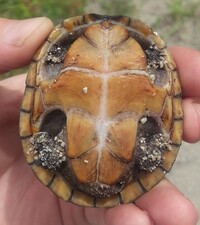 | Recorded by: Erich Hofmann and Kayla Weinfurther
Craven Co.
Comment: |
|
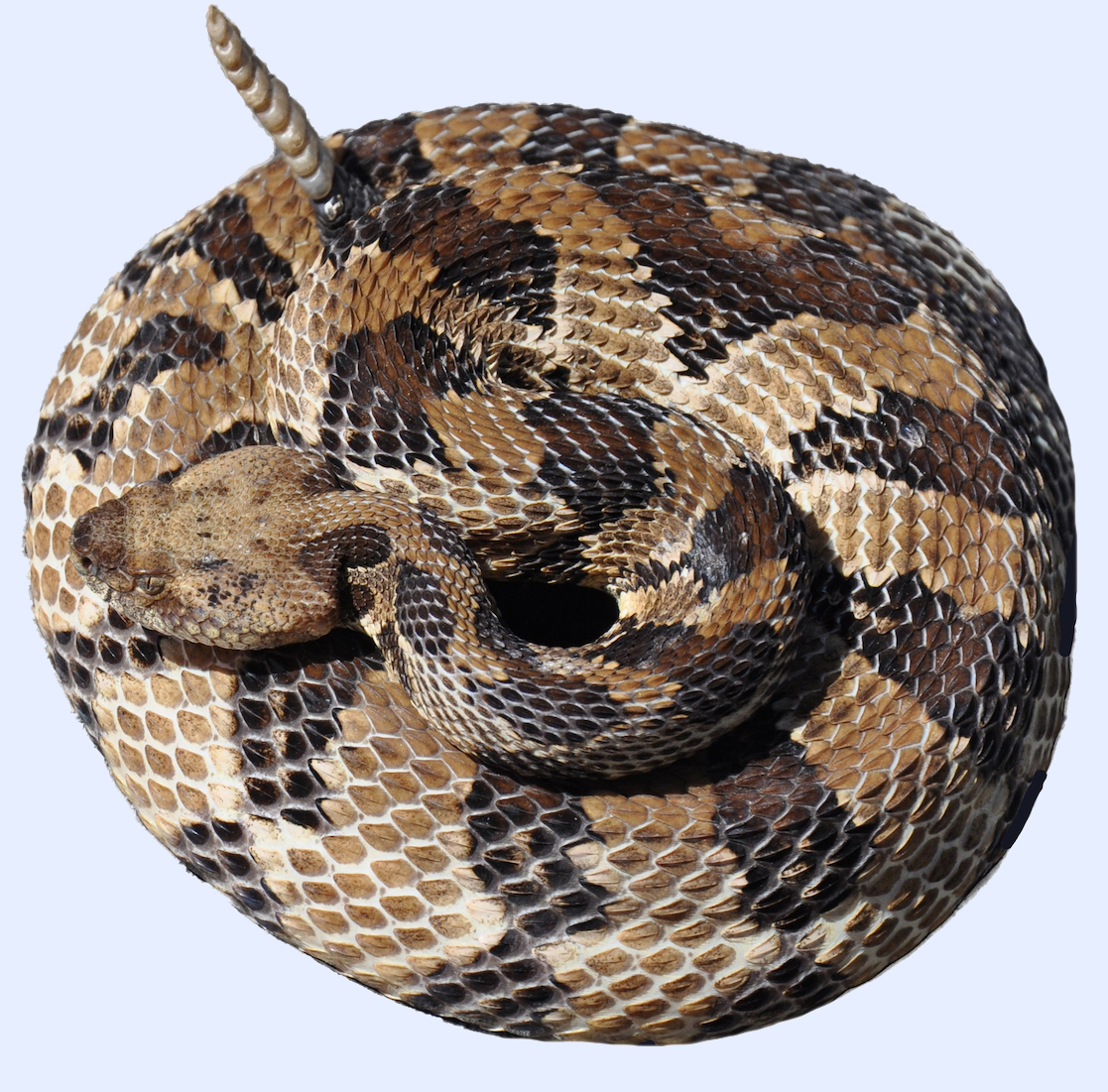
 »
» 



 »
» 

